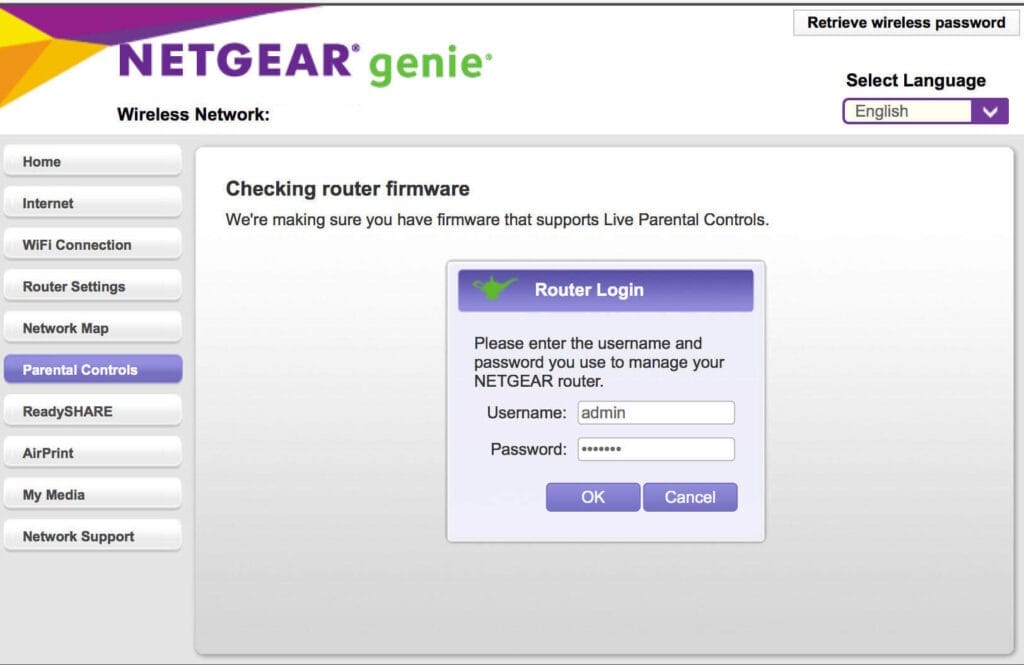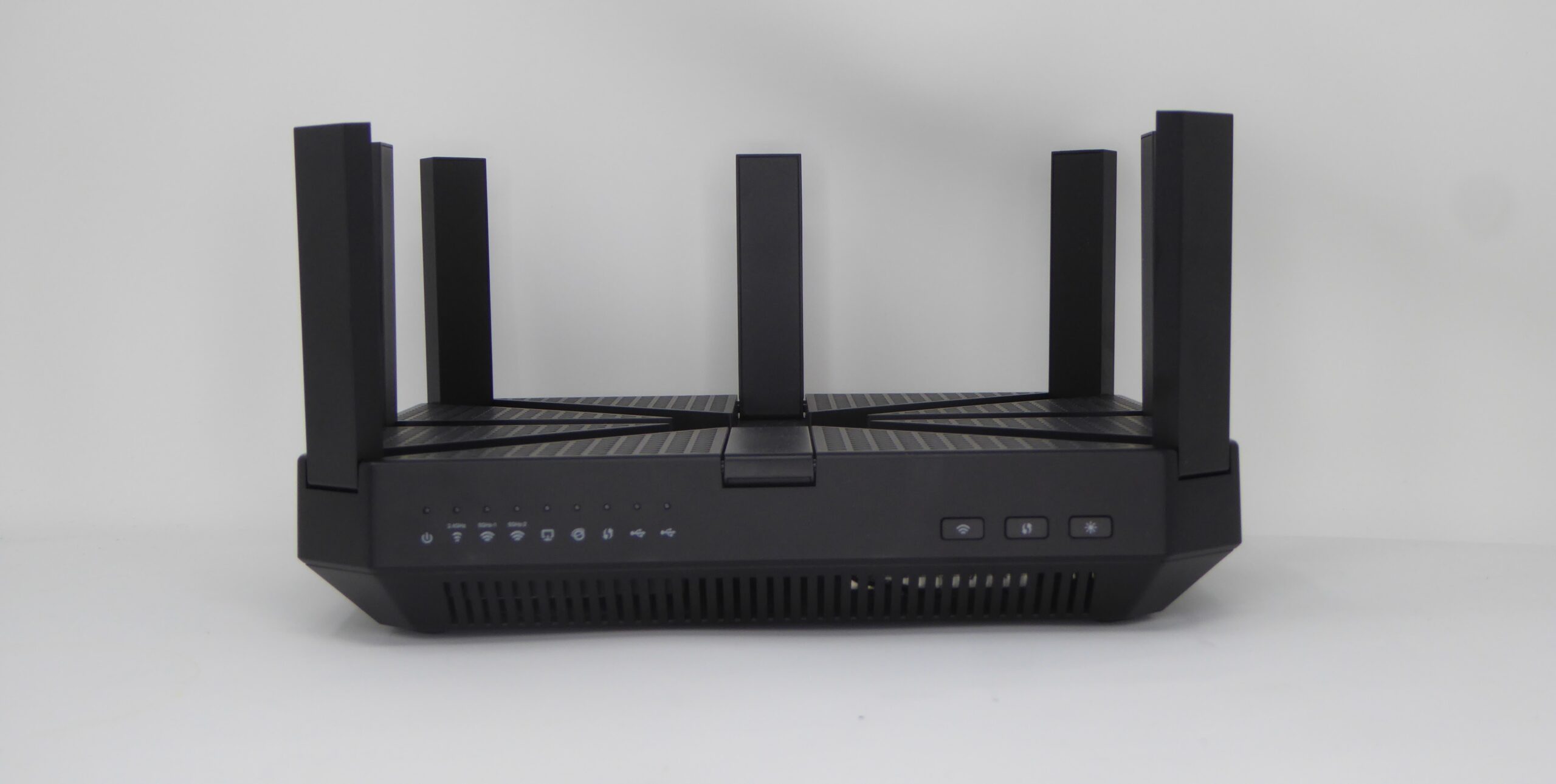What is 192.168.0.1?
192.168.0.1 is a default IP address frequently utilized by global modems and routers. This address is a private IPv4 network identifier, which means it’s unreachable from the broader internet and can only be accessed within a domestic or corporate network.
The 192.168.0.1 address is primarily associated with the router’s web-based dashboard. This dashboard acts as the central hub for adjusting router preferences and tailoring your domestic network settings. Think of it as the ‘nerve centre’ of your router.
To navigate to this dashboard, simply input ‘192.168.0.1’ into the search bar of your internet browser. If your router operates on this IP, you’ll land on its login screen. At this juncture, you’d input the designated username and password. Unless you’ve modified these credentials, they will align with the default ones given by the router’s maker.
It’s pivotal to note that each gadget linked to your network possesses a distinct IP address, ensuring precise data packet delivery. The 192.168.0.1 address is generally reserved for the network’s gateway, which is the router, bridging your local network with the global internet.
If you encounter issues when trying to access your router’s dashboard, ensure you’ve entered the IP address accurately. It’s common to confuse ‘1’s with ‘l’s or ‘0’s with ‘O’s. Always verify to sidestep any mix-ups.
Grasping the intricacies of your domestic network and router is foundational for maintaining a robust and streamlined network environment.
Admin Login Steps for 192.168.0.1

Accessing your router’s admin panel is a breeze. Just adhere to these two simple steps:
Step 1: Launch your internet browser and key in 192.168.0.1 into the address field. It’s vital that the gadget you’re operating is linked to the Wi-Fi overseen by the router. Typing errors, like misplacing the periods (dots) or entering an incorrect IP, will lead you to an error screen. So, be meticulous to sidestep such slip-ups.
Type 192.168.0.1 into your browser’s address field.
Step 2: Key in your login credentials – both username and password. For convenience in subsequent logins, you might want to tick the ‘Remember me’ option, which saves your access details. If you’re drawing a blank on your login data, stay calm! A table on this page provides a list of standard login details.
Provide your login details.
Should you misplace your login credentials, fear not – we have a backup plan. This piece includes a compilation of standard usernames and passwords. If these don’t grant you access, a quick Google search for your router brand’s default credentials should help.
And voila! You’re good to go.
A quick tip: To ensure seamless page loading, double-check that your device is linked to the appropriate Wi-Fi and that the IP address is accurate.
192.168.0.1 IP Address Login
To access the admin page type 192.168.0.1 into your web browser’s address bar or click on the link below.
AdminStandard Default Logins for 192.168.0.1
| Username | Password |
|---|---|
| admin | admin |
| admin | password |
| Leave username blank | admin |
| admin | leave password blank |
Brand Specific Router Default Logins
The initial login credentials for your router are typically predetermined by its maker. Here, I’ll share some typical details for prevalent router brands. Yet, it’s essential to note that these specifics might vary, and most routers give you the option (and often recommend) to modify them during the initial setup for enhanced security. If you’re facing difficulties accessing your router using the default data, there’s a likelihood that the credentials have been updated.
- Netgear
- Username: admin
- Password: password or 1234
- Linksys
- Username: admin
- Password: admin
- Asus
- Username: admin
- Password: admin
- D-Link
- Username: admin
- Password: blank (no password) or admin
- TP-Link
- Username: admin
- Password: admin
- Belkin
- Username: blank (no username)
- Password: admin
- Cisco
- Username: admin
- Password: admin
- Tenda
- Username: admin
- Password: admin
- Arris
- Username: admin
- Password: password
- Huawei
- Username: admin
- Password: admin
Unique Passwords
Brands are now more frequently adopting distinct logins for routers, enhancing security considerably.
Under such circumstances, the login credentials can be found printed directly on the router.
Many routers provided by ISPs employ this approach, and I’m aware that Netgear has adopted this for their mesh WiFi setups.
Setting Up Your Router – Resolving Issues with 192.168.0.1
Ensure your device is connected to the primary network and not the guest variant. Access to the settings dashboard is usually restricted on the guest network. If you’re facing connectivity issues, consider directly linking your computer using an Ethernet cable. This approach sidesteps the Wi-Fi connection, removing the password barrier.
Verify that you’re using the appropriate IP address for login. If unsuccessful, you can pinpoint your router’s IP by initiating the command prompt on Windows or Mac and inputting ‘ipconfig.’ The number adjacent to ‘Default Gateway’ represents your router’s IP.
Examine if there are any active firewall settings obstructing your connection. Should a firewall hinder your web access, consider deactivating it briefly to regain connectivity.
If a particular browser isn’t yielding results, switch to another. A frequent error is inputting the IP address into the search field rather than the address bar, leading to discrepancies. Always cross-check this aspect to sidestep potential hiccups.
When other solutions don’t pan out, consider giving your router a restart. To execute this, unplug the power from both the router and modem, then plug them back in, allowing sufficient time for a thorough reboot. This action often addresses common challenges.
Keep these guidelines handy as they offer valuable insights for resolving challenges while accessing your router’s administrative portal.
What is my IP Address?
To find out your local IP address (often referred to as a private IP address or internal IP address), you can follow these steps based on your operating system:
Windows:
- Press the
Windowskey +Rto open the Run dialog box. - Type
cmdand pressEnterto open the Command Prompt. - In the Command Prompt, type
ipconfigand pressEnter. - Look for the entry labeled “IPv4 Address” or “IP Address.” The number next to it (e.g., 192.168.x.x) is your local IP address.
macOS:
- Click on the Apple icon in the top-left corner of your screen and select “System Preferences.”
- Click on “Network.”
- Select your connected network (either Wi-Fi or Ethernet). It should have a green dot next to it.
- Your local IP address will be displayed under “Connected” as “IP Address.”
Frequently Asked Questions about IP Address
What are the username and password for 192.168.0.1?
The IP address 192.168.0.1 is commonly used as a default gateway for many routers. The default username and password for routers using this IP address can vary based on the manufacturer and model of the router. However, some common default credentials include:
- Username: admin Password: admin
- Username: admin Password: password
- Username: user Password: user
- Username: (blank) Password: admin
- Username: admin Password: (blank)
It’s important to note a few things:
- Check Your Router’s Label: The default login credentials are often printed on a label on the bottom or back of the router. This label might also include other important information like the router’s MAC address and serial number.
- Change Default Credentials: For security reasons, it’s highly recommended to change the default username and password once you access the router’s admin panel. Using default credentials can make your network vulnerable to unauthorized access.
- Resetting the Router: If you’ve forgotten the customized login credentials, you can reset the router to its factory settings by pressing and holding the reset button (usually found at the back of the router) for about 10-15 seconds. After this, the router will revert to its default credentials, but you’ll also lose any customized settings.
- Router’s Manual: If you’re unsure about the default credentials, you can always refer to the router’s user manual or the manufacturer’s website for guidance.
Why can’t I access 192.168.0.1?
I have written a more detailed guide on why you may not be able to access 192.168.0.1.
Usually, access is limited to your primary gateway IP, so ensure that 192.168.0.1 is truly your default gateway. A frequent mistake is miskeying the IP address; ensure you’re entering 192.168.0.1 correctly. Moreover, this particular IP is commonly associated with Tenda router access.
How can I discover my 192.168.0.1 password?
The IP 192.168.0.1 typically has a set default username and password. In the article’s third segment, you’ll find the standard login details for this IP. If these credentials aren’t successful, you can restore your router to its original settings by pressing the reset button on its rear for about ten seconds. This step will bring the router back to its factory settings, enabling you to access it using the initial login information.
How do I change my 192.168.0.1 password?
Open your preferred browser and type 192.168.9.1 into the address bar, then press enter. Log in using your existing credentials. Once inside, go to Wireless > Security Options and choose WPA2-PSK [AES]. From here, you’ll have the option to modify your password to 192.168.0.1.
Which Popular Brands Use 192.168.0.1?
The IP address 192.168.0.1 is another common default gateway used by various routers and modems. Several popular brands that utilize this IP address include:
- Netgear: Many Netgear routers use
192.168.0.1as their default gateway. - D-Link: A significant number of D-Link routers have this IP address as their default.
- TP-Link: While some TP-Link routers use
192.168.1.1, others use192.168.0.1. - Zyxel: Several Zyxel routers and modems use this IP address for accessing the admin panel.
- Sagemcom: Some models of Sagemcom routers and modems utilize this IP.
- Motorola: Certain Motorola modems and routers have
192.168.0.1as their default gateway. - Arris: Some Arris modems and routers use this IP address.
- Edimax: A few models of Edimax routers also default to this IP.
- Tenda: While some Tenda routers use
192.168.1.1, others might use192.168.0.1.
It’s essential to understand that while these brands may use 192.168.0.1 for some of their models, they might also have other models that use different default IP addresses. Always refer to the router’s label, the user manual, or the manufacturer’s website to determine the exact default IP address for your specific device.

